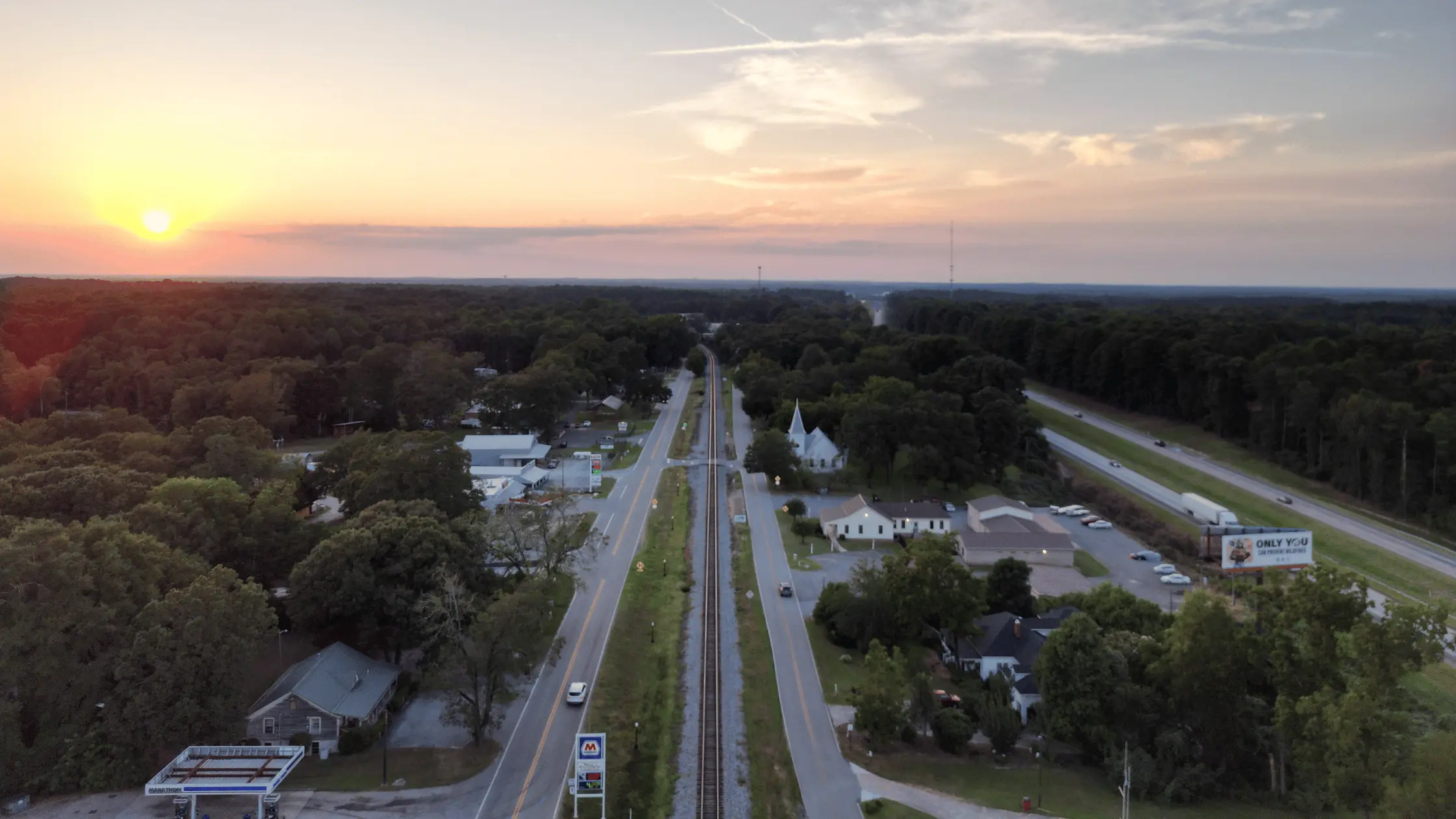In the dynamic world of real estate investing, standing out in a crowded market is key to success. Aerial photography offers a unique way to showcase properties, but true success starts with knowing how to find motivated sellers. These sellers often offer opportunities for higher returns and quicker sales. Aerial photography provides a perspective that ground-level photography simply can’t match, offering a comprehensive view of properties, their surroundings, and the overall context of the neighborhood. This post explores how leveraging aerial photography can elevate real estate listings, attract more buyers, and ultimately maximize investment returns.
The Impact of Aerial Photography on Real Estate
Aerial photography isn’t just about capturing beautiful images from the sky; it’s a strategic tool that can significantly enhance the appeal of real estate listings. From showcasing the entire scope of a property to highlighting its proximity to key amenities, aerial shots provide potential buyers with a better understanding of what’s on offer. These expansive views can be particularly impactful in marketing large properties, rural estates, or properties with unique landscapes. By giving prospects a bird’s-eye view, you set your listings apart, creating a compelling visual narrative that can trigger more interest and quicker sales.
Understanding Drone Technology for Real Estate
To effectively use drones for aerial photography, it’s essential to understand the basics of drone technology. The market offers a range of drones, from basic models suitable for beginners to advanced drones equipped with high-resolution cameras and sophisticated stabilizing features. Key considerations when selecting a drone for real estate photography include camera quality, flight stability, battery life, and ease of use. Whether you’re capturing high-definition images or shooting 4K videos, the right drone can make a significant difference in the quality of your aerial footage.
Legal Considerations and Safety
Before taking to the skies, it’s crucial to be aware of the legal landscape surrounding drone operation. In many regions, including the United States, the Federal Aviation Administration (FAA) sets regulations for drone usage. This includes rules on where drones can be flown, how high they can go, and the necessity for pilot certification in certain cases. Additionally, respecting privacy laws and ensuring public safety are paramount. Always ensure your drone operations are compliant with local regulations to avoid legal complications and maintain a professional reputation.
Expanding on Drone Operation Skills
Mastering drone operation is vital for capturing the best aerial images. It involves understanding weather patterns, controlling the drone smoothly to avoid shaky footage, and knowing how to react in unexpected situations. Practicing in different environments and conditions can greatly improve your skills. For those serious about integrating drone photography into their real estate business, attending drone piloting workshops or courses can be incredibly beneficial.
Tips for Capturing High-Quality Aerial Images
Capturing stunning aerial images requires more than just a high-quality drone. It’s about understanding the best practices in drone photography. Considerations like the time of day, weather conditions, and flight patterns play a crucial role. For instance, shooting during the golden hour – shortly after sunrise or before sunset – can provide a warm, natural glow that enhances property features. Experiment with different angles and heights to find the most flattering perspectives for each property. Post-processing is also a vital step in enhancing your aerial shots, where adjusting color balance, sharpness, and exposure can make your images pop.
Incorporating Aerial Shots into Real Estate Listings
Once you have your stunning aerial images, integrating them into your real estate listings is the next step. These images should be used strategically to highlight the best features of your properties. Aerial shots can be particularly effective as the opening image in a listing, instantly grabbing attention. They also work well in multimedia presentations or virtual tours, offering a comprehensive view that complements ground-level photography.
Hiring a Professional vs. DIY
While there’s an appeal to capturing aerial photographs yourself, hiring a professional drone photographer might be a more efficient option, especially if you lack the necessary skills or equipment. Professionals can ensure high-quality results, compliance with legal standards, and efficient turnaround times. However, if you have a keen interest in photography and are willing to invest time and resources, acquiring drone photography skills can be a rewarding addition to your real estate investment toolkit.
The ROI of Aerial Photography in Real Estate
Investing in aerial photography can offer a substantial return on investment (ROI). Properties with high-quality, comprehensive visuals often attract more interest, leading to quicker sales and potentially higher sale prices. Aerial photography can also help in accurately portraying a property, reducing the number of unnecessary site visits, and saving time for both the seller and potential buyers.
Future Trends in Drone Photography and Real Estate
As technology continues to advance, the future of drone photography in real estate looks promising. We can expect further improvements in drone capabilities, such as enhanced image stabilization, better battery life, and more sophisticated cameras. These advancements will continue to open up new opportunities for showcasing properties in innovative and captivating ways.
Conclusion
Incorporating aerial photography into your real estate investment strategy can provide a distinct competitive edge. It’s not just about selling properties; it’s about presenting them in a way that captivates and resonates with potential buyers. As the real estate market evolves, those who adopt and leverage new technologies like drone photography will likely find themselves ahead of the curve.


Leave a Reply